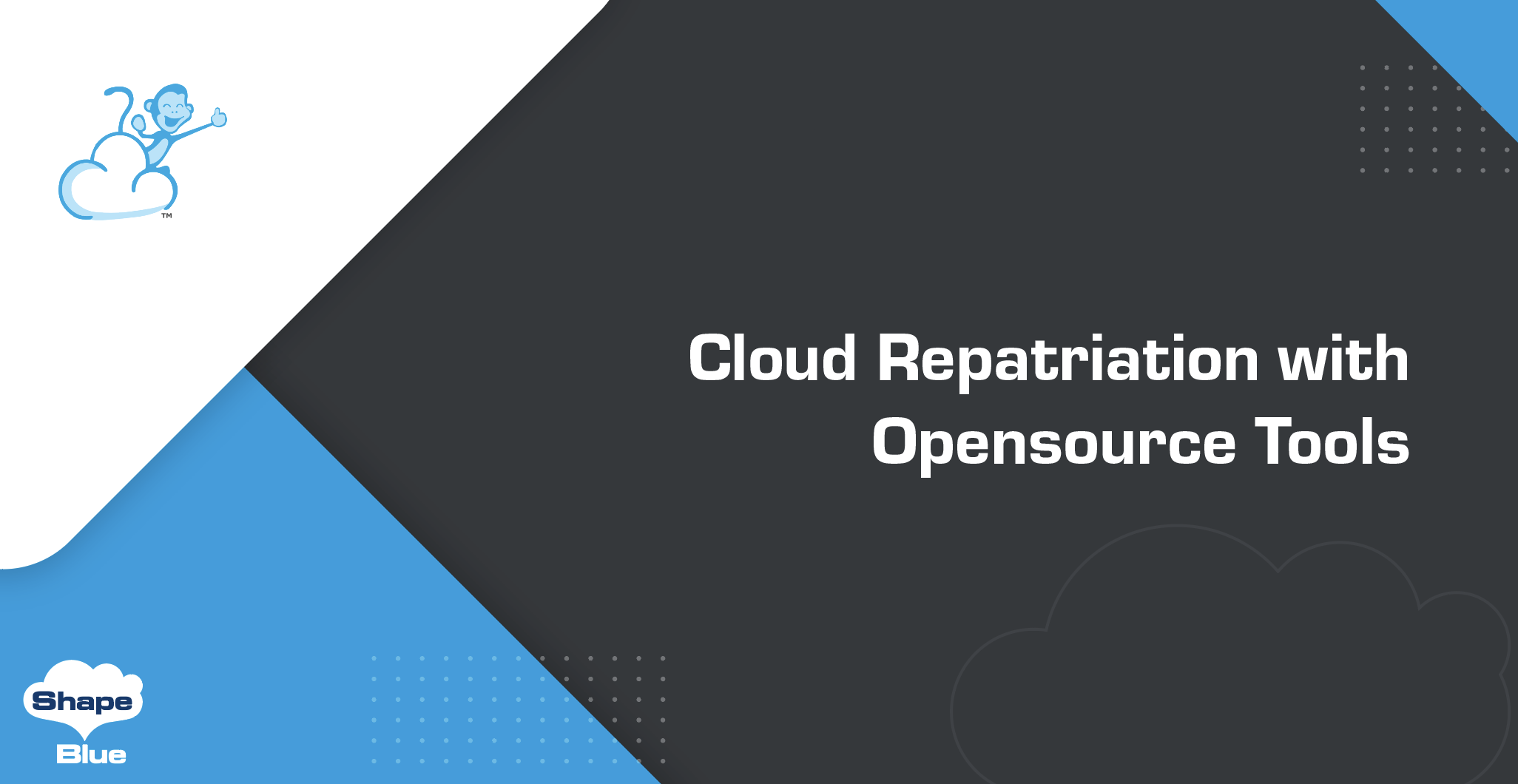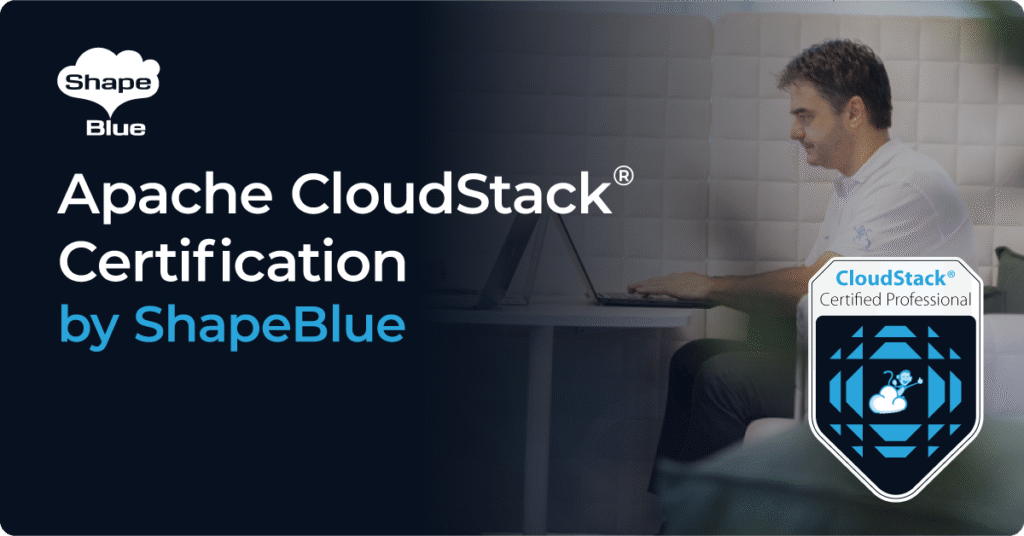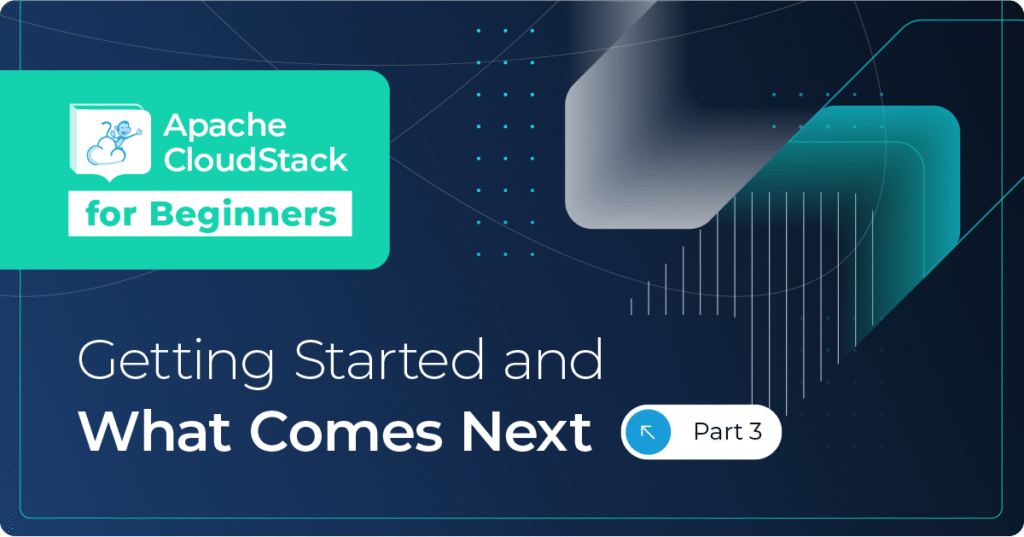Introduction
The COVID-19 pandemic has acted as a catalyst for the widespread adoption of public cloud services, accelerating the digital transformation of numerous industries and organizations. Public cloud adoption has also revolutionized services, agility, and the pace of an entire generation of companies but many organizations are starting to realize that it doesn’t come for free. Many organizations believe that the margin they pay to the hyperscalers could be the margin they could be making themselves.
The repatriation of workloads from hyperscale clouds to organizations’ own infrastructure is increasingly in the news: Dropbox was reputed to have saved $75 million by repatriating their workloads from AWS to their own infrastructure.
Are Cost Control Worries Changing the Market?
The anecdotal evidence of a move to repatriation is supported by wider analysis: Gartner predicts the growth rate of public cloud spending will actually drop from 2022 to 2023. Synergy Research Group calculated a 4% lower growth rate on public cloud spending in Q4 2022.
A recent survey conducted by Flexera Software LLC highlights the importance of cloud cost management, with 82% of corporations surveyed at the end of 2022 expressing concern about managing cloud spend.
Going Beyond Cost Control
There are several ways to reduce the high expenses associated with public cloud services but switching to on-premises infrastructure or a hybrid cloud approach is likely to have the most impact. On-premises infrastructure is more competitive now with advancements in bare-metal technologies, resulting in better performance and reduced latency. On-premises ultimately provide greater cost control with fixed capital expenditure compared to the variable costs of public cloud services. A hybrid cloud approach can also reduce costs while using the public cloud as an overflow during peak times.
However, moving from a public cloud to on-premises options can require significant changes to an organization’s IT infrastructure and workforce. This may result in licensing costs for new software and hardware, as well as training and hiring new IT staff with the necessary skills and expertise to manage the new infrastructure.
The tools and skills needed to support this approach can include expertise in virtualization, storage, networking, and security. IT staff must have a good understanding of these technologies and their applications. They also need to be trained on the specific tools and technologies that will be used to implement and manage the new infrastructure.
Licensing and hardware costs can be mitigated by carefully selecting vendors and technologies that align with the organization’s needs and budget, with open-source.
And, of course, organizations will have to replace the functionality that their users have become accustomed to from the public cloud by implementing some form of the private cloud environment.
Using Cluster API for Cloud Repatriation
Cloud repatriation is the process of migrating workloads from a public cloud to an organization’s own infrastructure. Specifically, in the Kubernetes world, the Cluster API (CAPI) is an invaluable tool for this. CAPI provides a unified interface and set of tools for Kubernetes cluster management, making it easier for organizations to migrate their clusters more effectively.
With CAPI, organizations can manage Kubernetes clusters consistently across different cloud providers and on-premises infrastructure. CAPI has Infrastructure Providers for most common public clouds and for Private Cloud environments such as Apache CloudStack and OpenStack.
CAPI provides a declarative approach to managing Kubernetes clusters, allowing organizations to define the desired state of their clusters and automate the deployment and management of resources.
Overall, CAPI is a valuable tool for organizations that are considering cloud repatriation or are managing Kubernetes clusters across multiple environments. By providing a unified interface and set of tools for cluster management, CAPI can help organizations to migrate their clusters more effectively and efficiently, regardless of where they are running.
Choosing An Opensource Platform for Workload Repatriation
Apache CloudStack and OpenStack are both popular open-source IaaS cloud platforms that enable businesses to deploy and manage their own private cloud environment. Both allow workloads to be moved to internal infrastructure and both provide a CAPI Provider.
Apache CloudStack also offers a Kubernetes as a Service option and is generally a simpler technology to deploy and manage. This reduces the need for a large operational team to manage the platform, which in turn reduces costs.
OpenStack, despite being more flexible in its architecture, is usually more complex to deploy and manage, requiring a higher level of technical expertise, and therefore a larger operational team, which can increase costs.
Marco Sinhoreli is a seasoned Technical Marketing Manager at ShapeBlue, with over 25 years of IT experience. As an Apache CloudStack expert and committer, he specializes in creating and delivering technical marketing content that bridges the gap between technology and business. Marco has consulted major companies on implementing IaaS solutions with CloudStack, focusing on delivering cloud infrastructure that supports both immediate and long-term business needs. When he’s not diving into cloud solutions, Marco loves playing guitar, exploring new places, and staying updated on politics.





